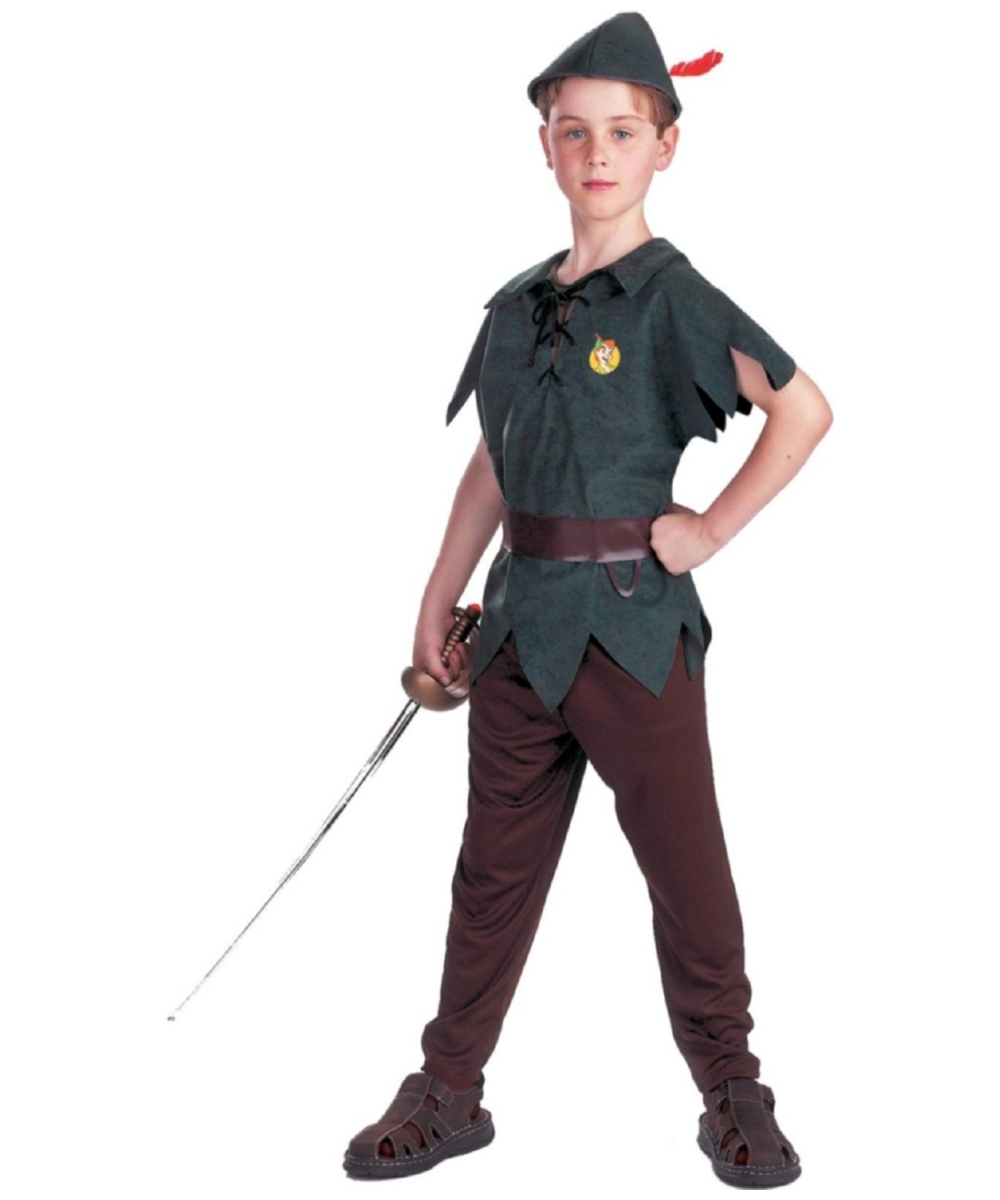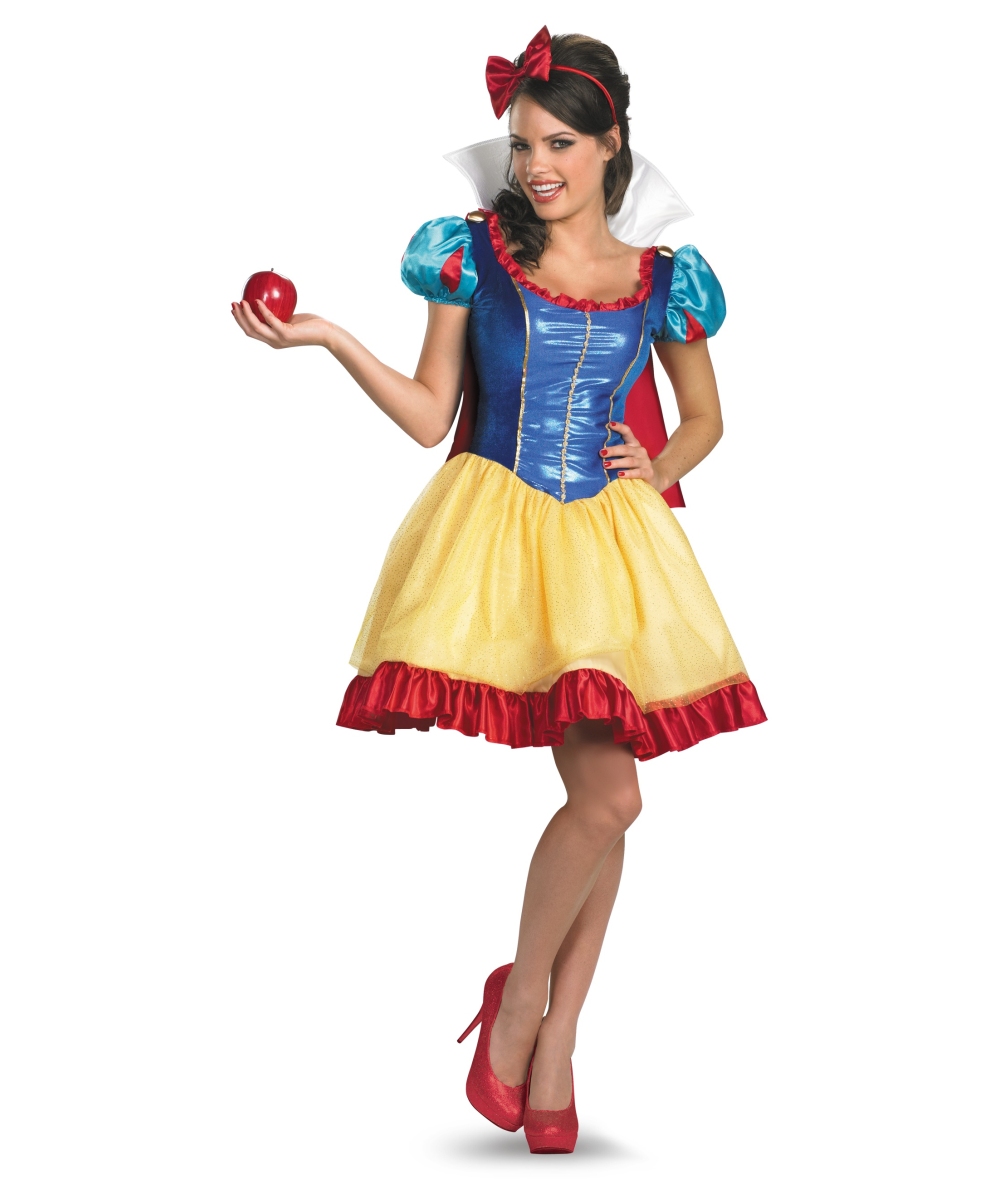-
Disney’s Magic: The Fail-Proof Formula for Unforgettable Movies
Ever since its debut of Snow White and the Seven Dwarves in 1937, “Disney” has become a word known in every household. With more than 50 titles as of 2016, Disney has proven an indisputable ability to produce movies that bring a smile to every member of the family, every time. From enchanting classics like Snow White, Bambi, and Cinderella to modern triumphs like Frozen, Tangled, and Mulan, Disney movies survive the test of time, their colorful characters, dazzling costumes and pull-you-in plots memorable in the most vivid of ways even decades after watching them as a child.
This is the magic of Disney—only it’s not magic at all. Equipped with a fail-proof formula, Disney’s knack for consistent movie success is as easy as following steps in a recipe.
Step 1: Set the scene.
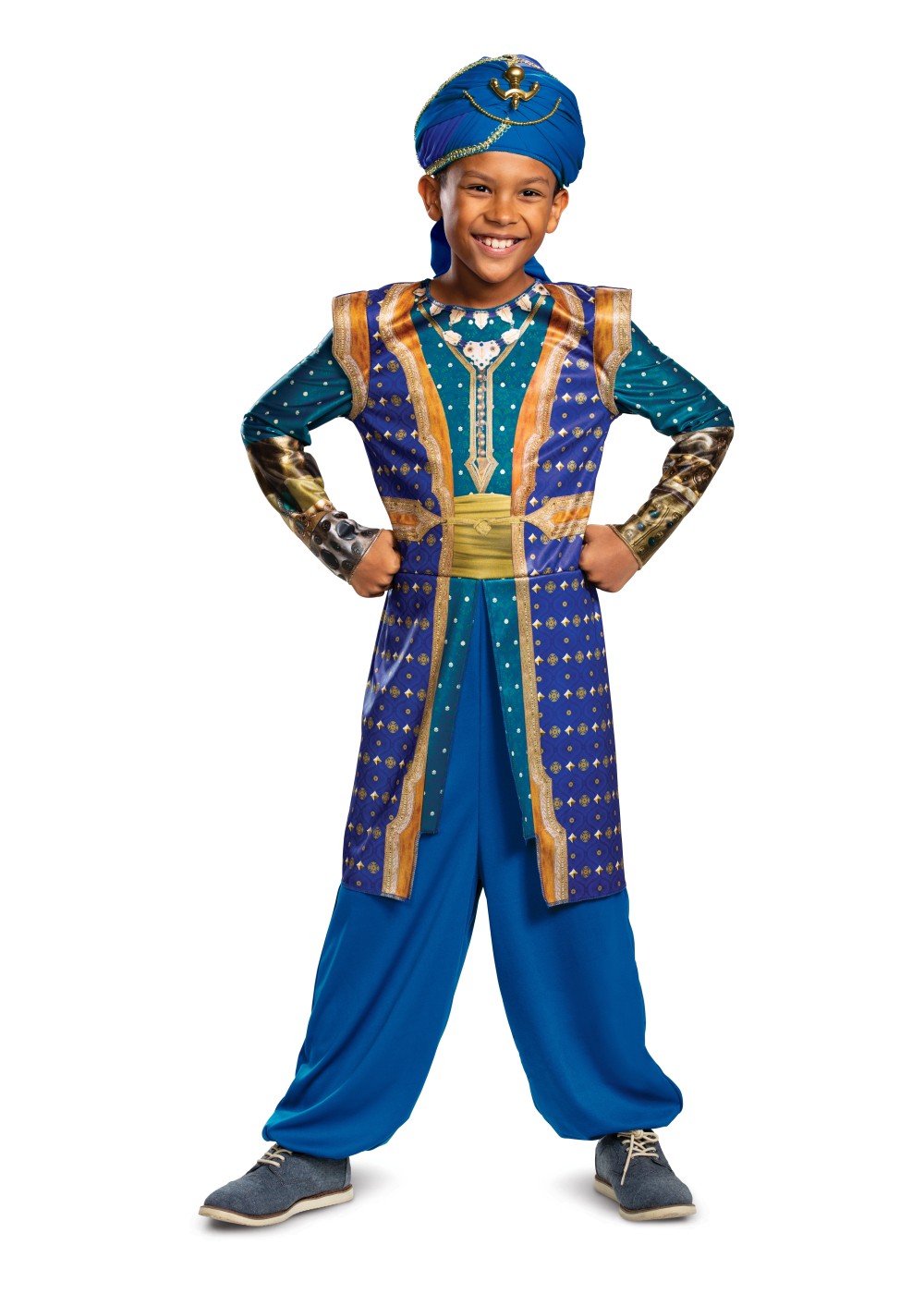
Image source: moviepilot.com
Aladdin isn’t the only Disney movie to transport us to “A Whole New World.” Every Disney movie is set in a distinct place and time period—fictionalized but with many real elements, and characterized by the beautiful people, costumes, and buildings you see throughout the story. Whether your favorite is the mountains and valleys of Frozen’s Arendelle, said to be based on Norway around the 1800s, or the enchanted forest of Snow White, likely based on Germany or Luxembourg in the 1500s, Disney transports you time and time again to a rich, vibrant land you’ve never been to before.
Step 2: Separate child from parents.
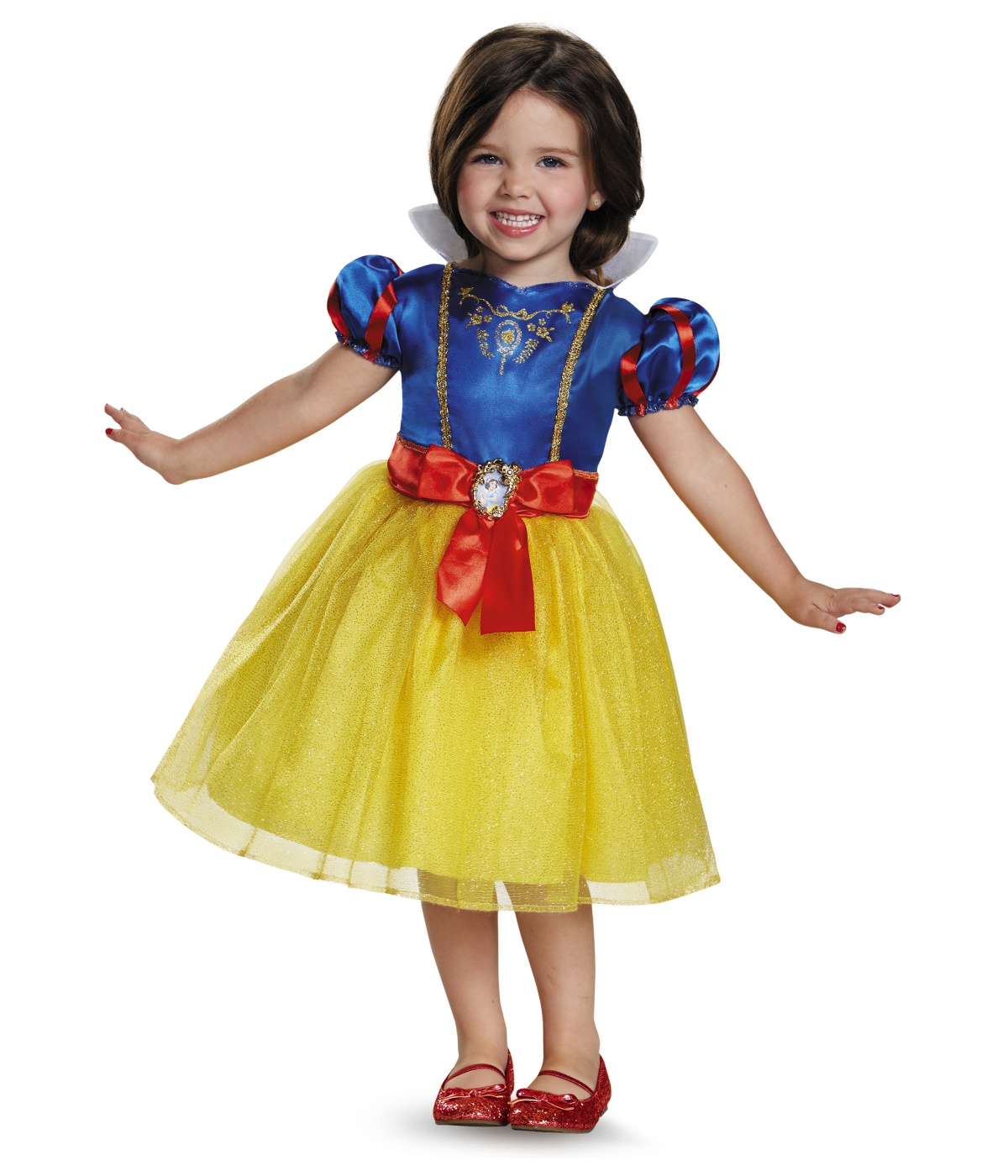
Cinderella lives with a step mom. Sleeping Beauty grows up with fairy godmothers. Peter Pan features a band of child orphans. No parents to be found guiding Alice through Wonderland. Why is this so often the case?
Young people usually depend on parents to guide them and make important decisions for them. By taking one or both parents out of the equation, this already begins to build a conflict and also forces the child to be an independent, pro-active protagonist who must make his or her own decisions.
All of us were once children. Most of us at least once in our childhood or adolescence longingly imagined not having to listen to what our parents told us to do. The child-and-parent separation found in so many Disney movies is a plot component we all enjoy visualizing ourselves in (no offense, Mom and Dad!), instantly reviving the hopes, dreams, and memories of our long-gone childhood.
Step 3: Break into song.

Disney’s history of movies filled to the brim with catchy tunes that help narrate the story and lift moods is a “tale as old as time” (to quote the ballroom ballad from Beauty and the Beast). How often did you find yourself singing or humming “Let It Go” after watching Frozen? Start singing The Little Mermaid’s “Under the Sea” in your head. How does it make you feel? Is it easy to stop after just a few words, or are you propelled by its fun, uplifting nature to keep going? Disney’s catchy, memorable tunes even conjure up visuals of the characters and stories we love, keeping the movies vibrantly alive in our conscious memory. Now that’s a powerful device! Lovable Disney movies mean lovable Disney songs, and lovable Disney songs mean lovable Disney movies.
Step 4: Fall in love at first sight.
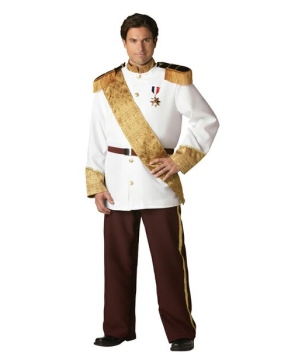
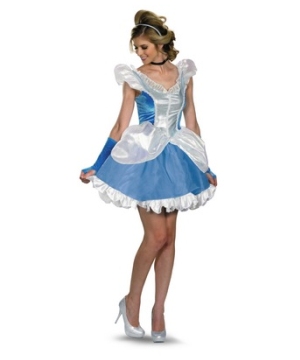
Cinderella falls for her prince when she first sees him—even before she knows he’s a prince. In Tangled, Rapunzel is instantly attracted to Eugene the moment she lays eyes on him (although he kind of blows it when he wakes up and starts putting on a fake, “works-on-all-the-ladies” persona). Even our animal protagonists like Bambi and Simba fall in love at first sight (once they’re old enough to love). Disney lets us dream of a surreal kind of love where we just look at a person and instantly sense the connection—that this is our soul mate.
Step 5: Craft a villain who’s clearly evil to everyone except the characters in the movie.
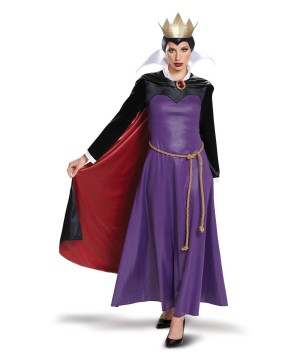
Source: ohmy.disney.com
No, Snow White—don’t eat the apple handed to you by a cackling one-toothed woman wearing a black hood! Sigh. She ate the apple. Oh sweet naivety.
When you’re watching a Disney movie, it’s pretty obvious who the villains and other bad guys are. Aside from getting to watch them mutter and snicker to themselves about their evil plots, dark-colored costumes accentuated by mysterious purples, fiery reds, and dangerously pointy collars and sleeves are a fabulous indicator that practically shout, “Hey—look over here! I’m the bad guy!” Even in a Disney movie like The Lion King, which stars animals rather than humans, the villainous uncle Scar has a distinctly dark, menacing look.
Perhaps our good-hearted Disney protagonists are too pure to make judgments based on appearance. They’re easily lured in to the villain’s trap before they can hear us on the other side of the screen yelling “No, don’t do it!”
Step 6: Employ an animal or other non-human sidekick.
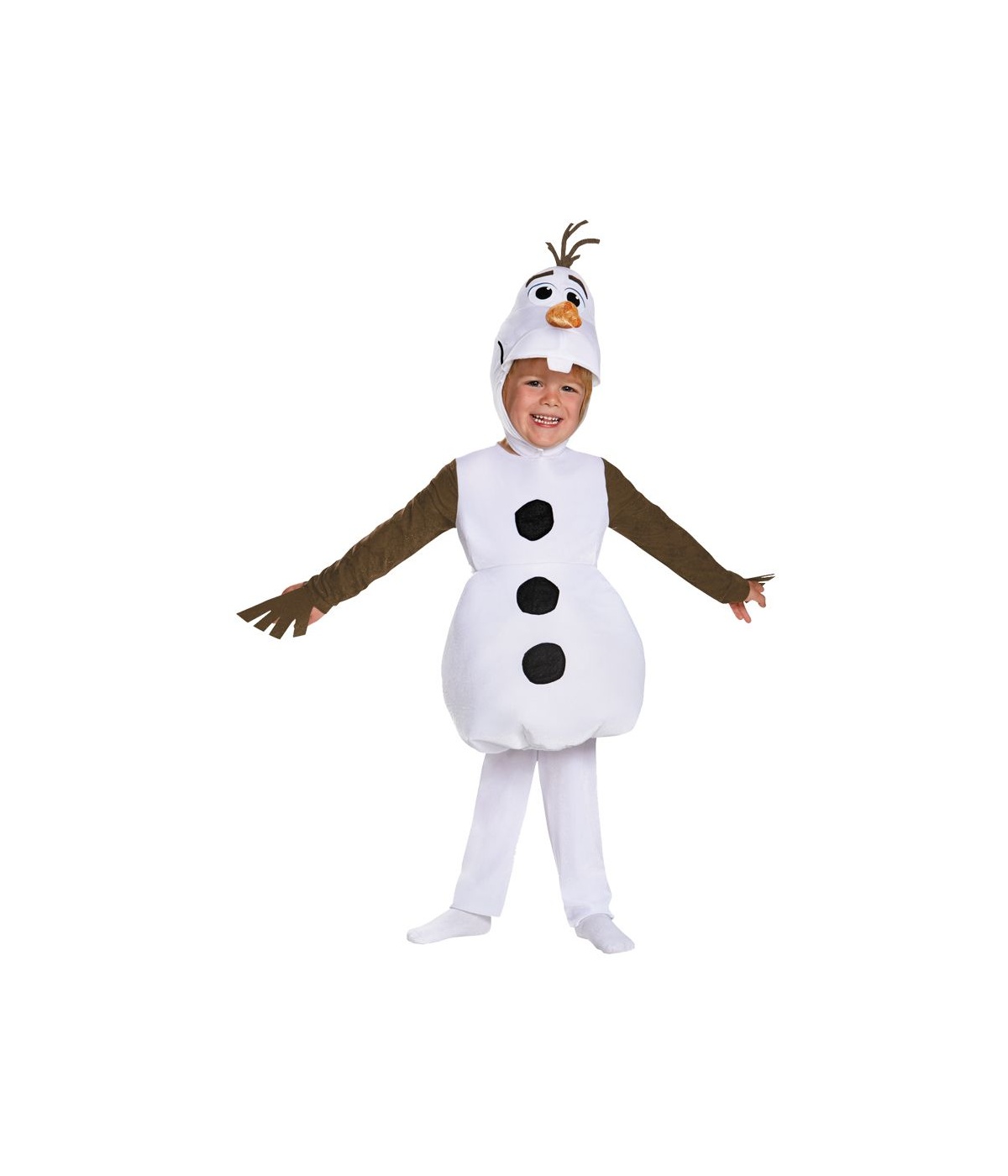
Some of the most lovable sidekicks in history come from Disney movies: Meeko and Flit from Pocahontas, Thumper from Bambi, Sven and Olaf from Frozen, Jiminy Cricket from Pinocchio, Flounder and Sebastian from The Little Mermaid, Lumière and Cogsworth from Beauty and the Beast—and the list goes on.
These sidekicks are there to cheer on the protagonists and propel them toward their goals when they’re at their lowest. Their lowest often involves a disagreement with the sidekick. For many this is a comforting reminder that the people who are true friends will always have our backs—even when we turn our back on them.
And when the plots get to these rather serious points, our furry and feathered friends also serve another important purpose: comic relief. You can always count on them for a laugh.
Step 7: Go on a physical journey and a journey of character at the same time.

Take Ariel from The Little Mermaid. Not only does she go on a physical journey from sea to land, but her journey is also one of self-discovery and accepting who she really is. Not wanting Eric to know she’s a mermaid—not a human—she makes a deal with Ursula. In becoming something she’s not, she loses her voice. While in the movie it’s her actual speaking voice that’s lost, a metaphorical loss of voice is synonymous with a lack of identity and self-expression. Ariel’s journey to a physical realm takes her on an unexpected inner journey: She proudly reclaims her mermaid tail and gets her voice back—and still manages to find true love as the real her.
Step 8: Say “yes” to the dress—twice.
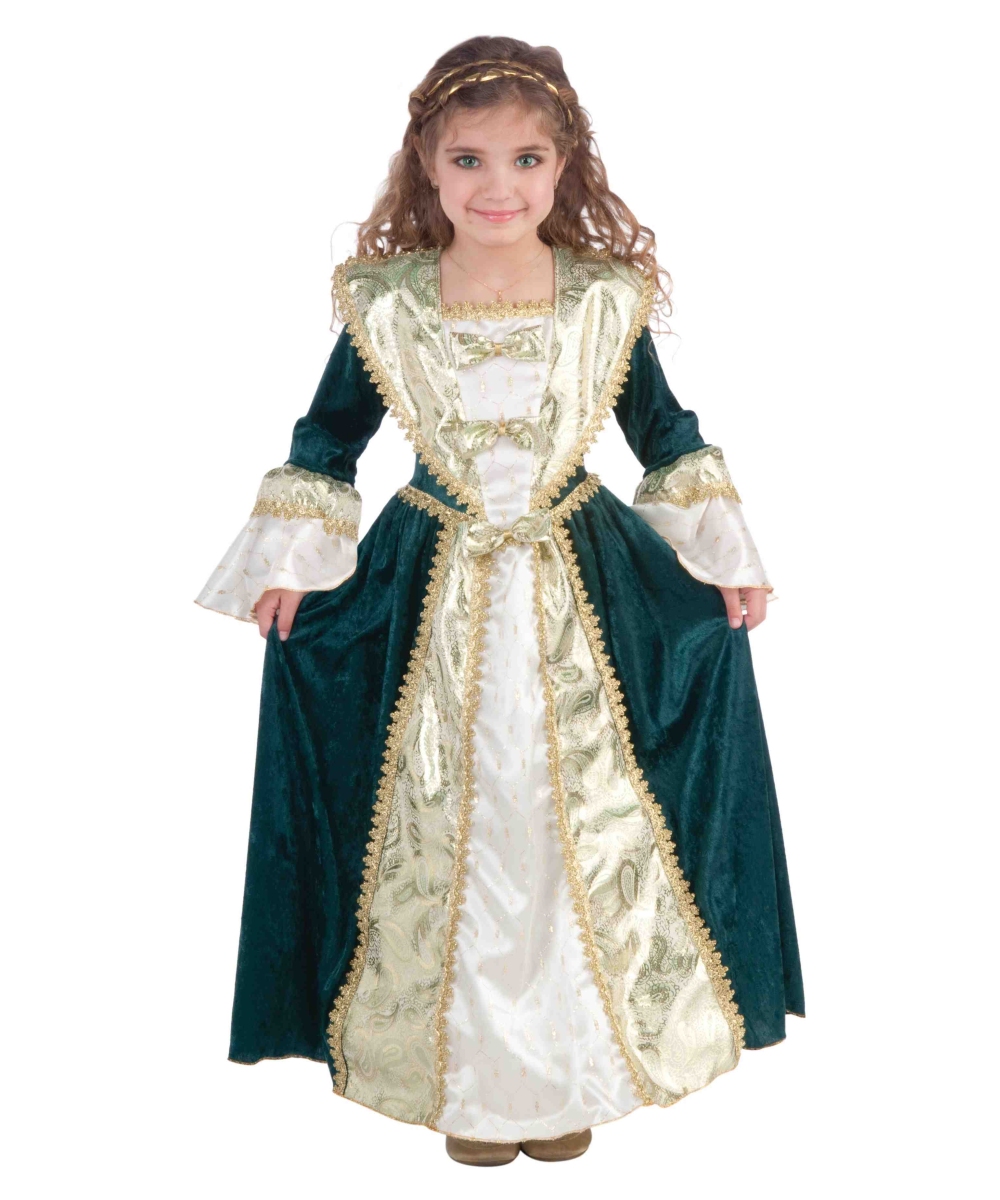
Somewhere along his or her journey, every Disney protagonist is bound to change costumes at least once. The change of wardrobe usually corresponds with a change in character or other significant changing point in the movie. For princesses like Cinderella and Belle, this means a beautiful new ball gown for a magical dance with true love. Mulan changes her appearance to look like a man so she can go to war. Elsa crafts herself a new dress when she flees to her ice palace to protect Arendelle from her unpredictable powers.
Although there is a lack of costumes and accompanying wardrobe changes in movies like The Lion King, Bambi, and 101 Dalmatians, we do see a physical change in appearance when characters like Simba, Nala, Bambi, and Lucky get older.
Step 9: Watch a villain fall (literally).
It might be into a crocodile’s mouth, as Hook’s fate would have it in Peter Pan; or it could be into the abyss, like when Gaston swings at the Beast with a dagger and misses, losing his grip on the edge of a cliff and falling down, down, down into nothingness. In most cases the villain falls when carelessly pursuing the protagonist, ultimately implying that their own actions caused their ultimate demise. Life in the world of Disney is simple and fair: do good and be rewarded, or be a bad guy and get what’s coming to you. In this manner Disney whisks us away from the complexities of the real world and leaves us with a renewed trust in the workings of life. Watching Disney movies makes us feel good.
Step 10: Break the rules (when needed).
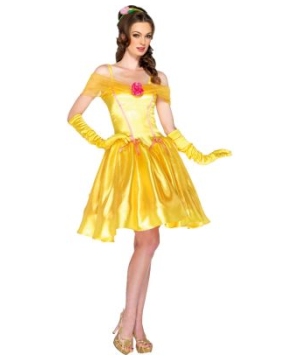
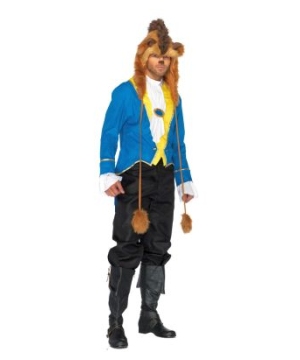
When Disney strays from its fail-proof formula, it does so decisively and with good reasoning. Take Beauty and the Beast, for instance. Belle’s love for the beast wouldn’t be described as love at first sight, and Gaston is more clearly a villain by his arrogant character than by intimidating costume and dark plotting. But these variations are essential because they play into the “don’t judge a book by its cover” theme that’s so central to Belle’s story. (Coincidence that Belle loves books? Probably not!)
In Frozen, Ana wrongly falls in love at first sight with Hans, who to everyone’s surprise turns out to be a villain. This not only breaks two of the fail-proof formula’s rules but also seems to question the rules’ very existence to begin with. Perhaps this is Disney adapting to modern times and ideas and is a sign that the formula may be changing. We’re sure to find out in the years to come. Doesn’t look like Disney will stop making movies any time soon! Nearly a century after its inception, Disney is still alive and well.
Unforgettable Beyond Just the Movies
Disney’s formula for unforgettable movies has also led to the undeniable success of everything else that shares in the Disney name, from the beloved theme parks to toys and costumes. Disney costumes and toys that are as bright and magical as the movies themselves serve to remind us of the characters who have taken a special place in a hearts. They fly from the shelves as a result. Disney—whether in the form of movie, book, costume, or toy—is a promise to make you smile.



